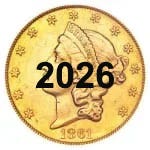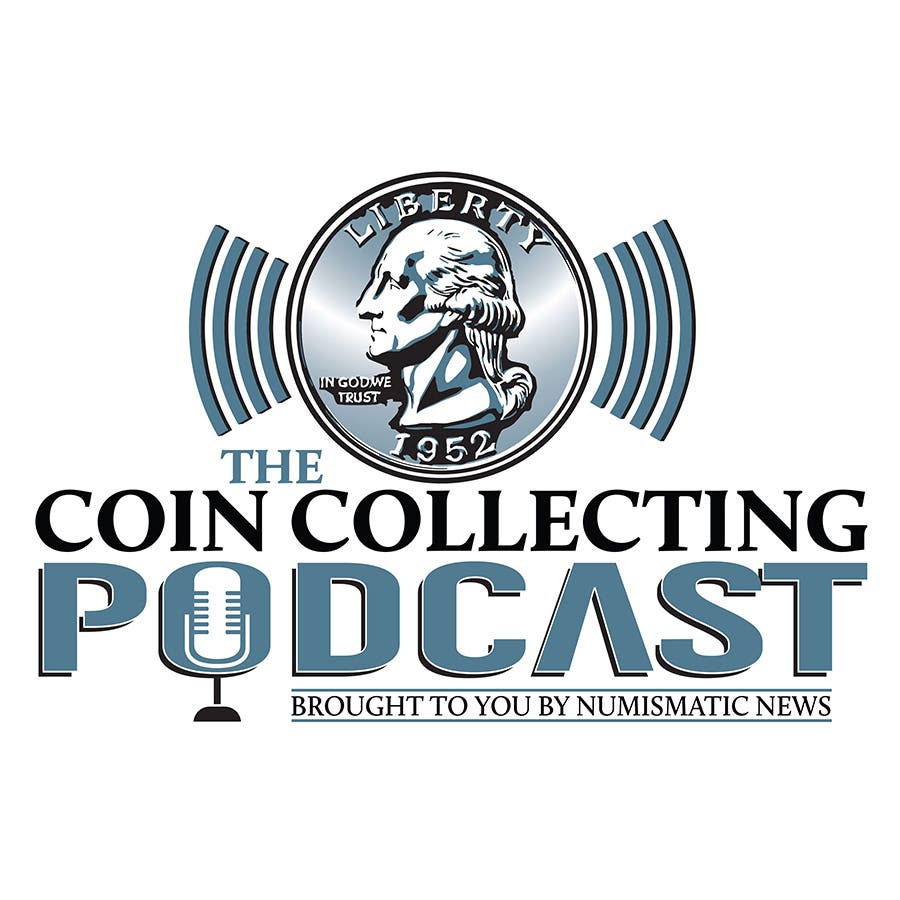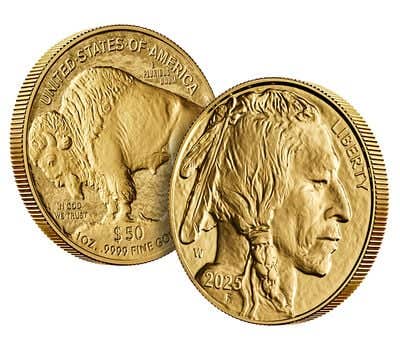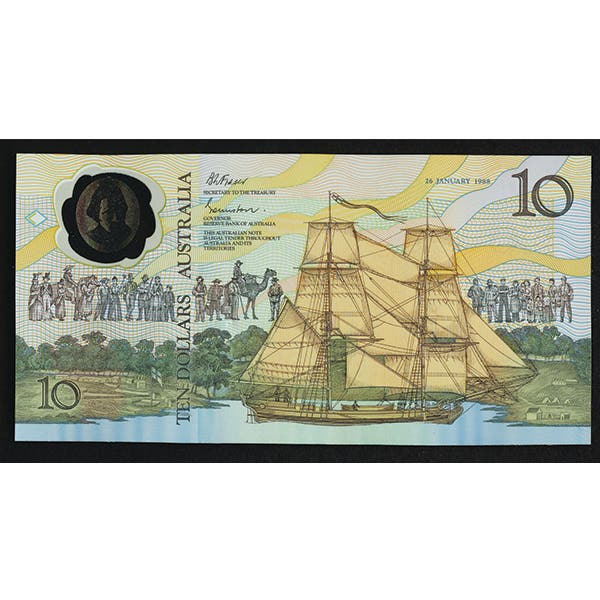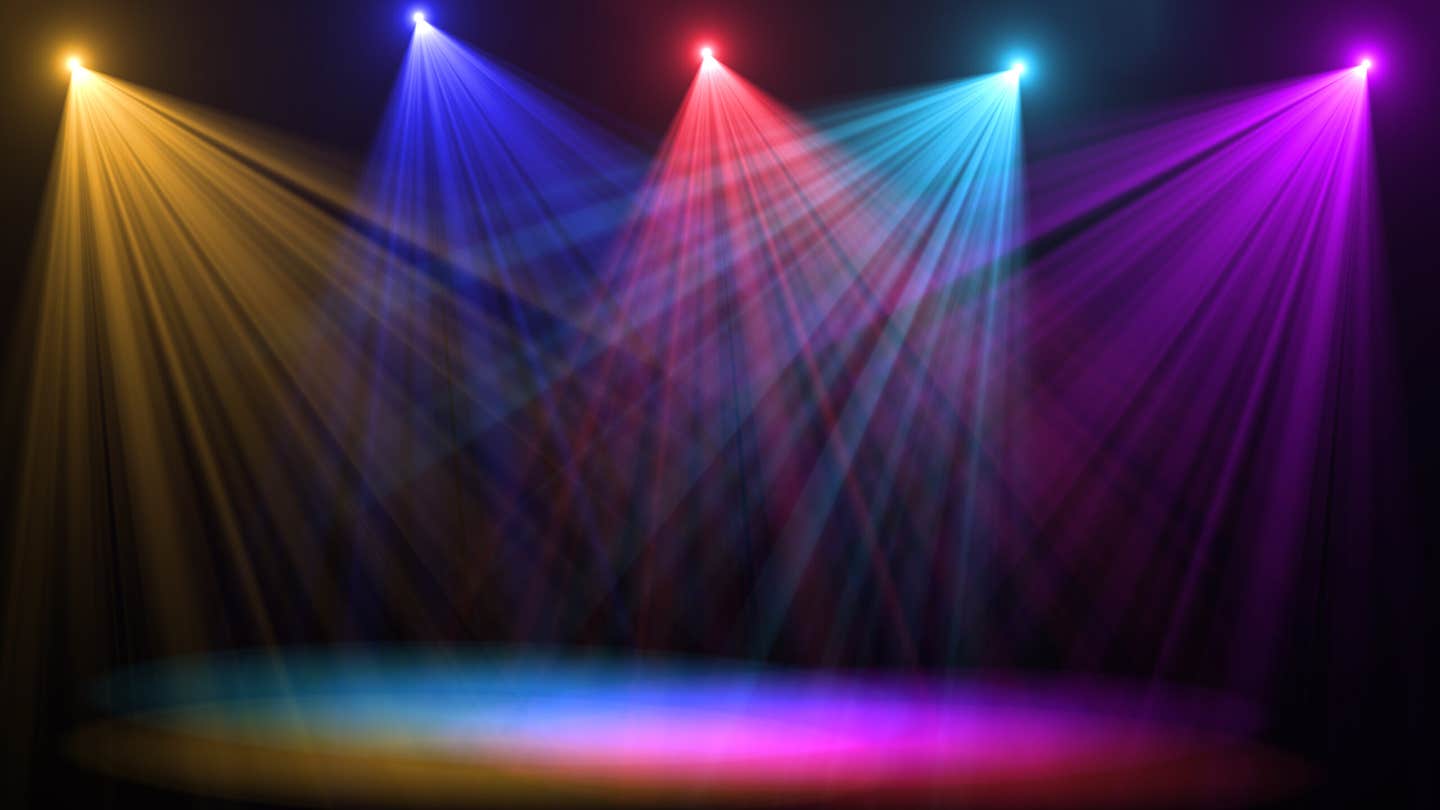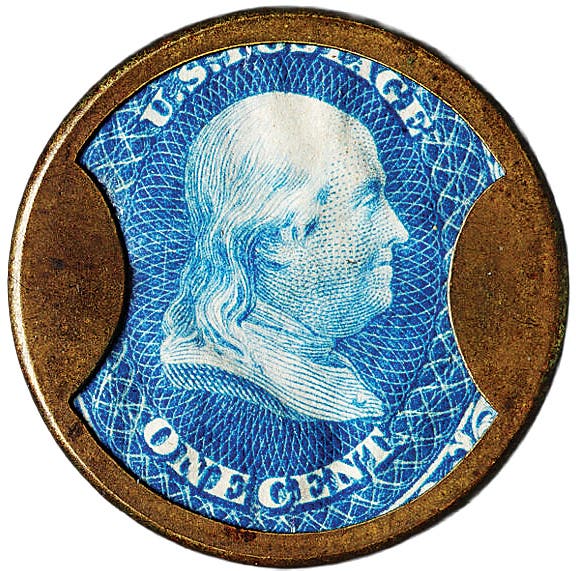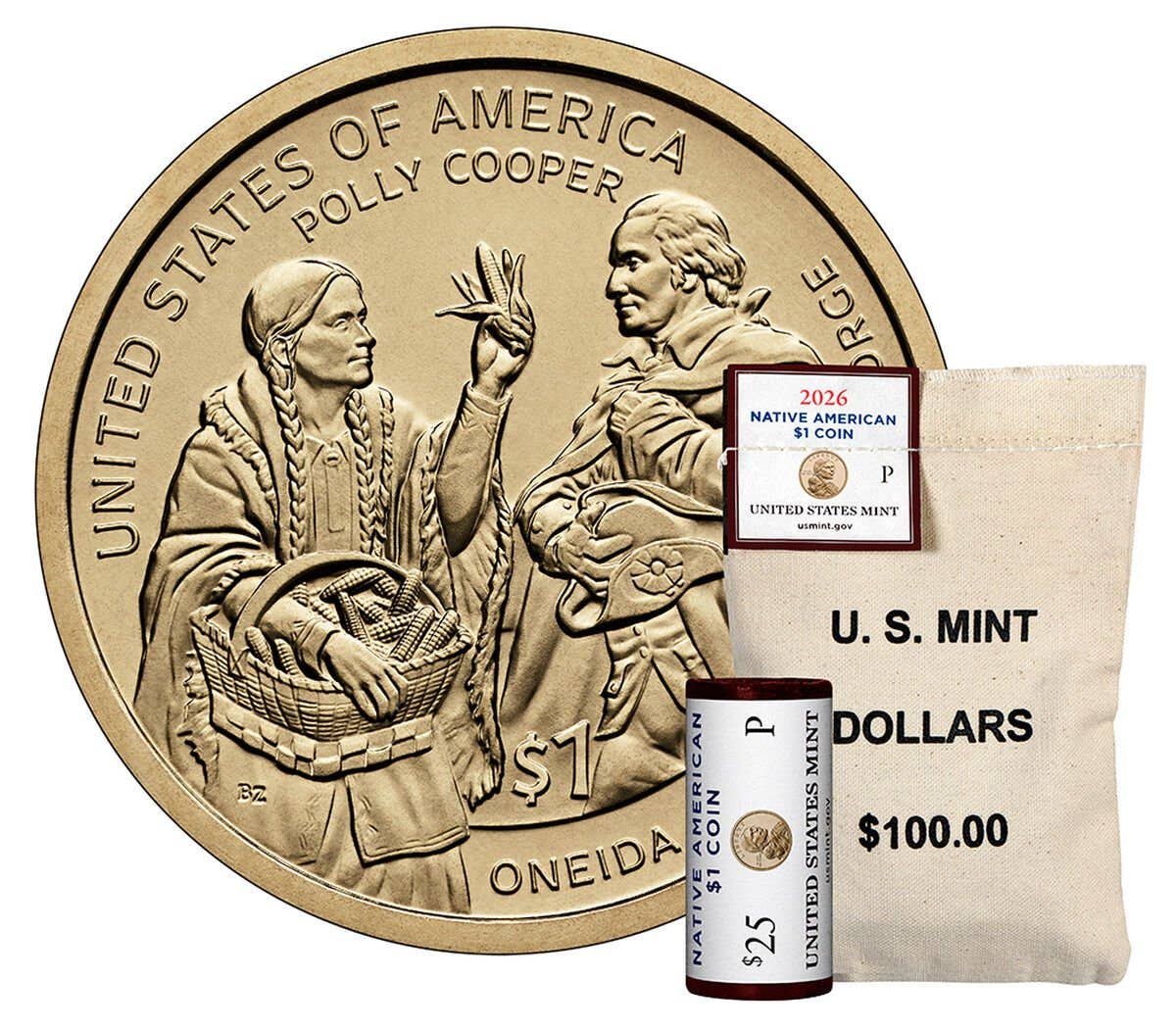Pure Zinc Cent Could Be Error Coin
• I have found a pure zinc penny. I believe the year is 2018. How do I get it checked out? Since modern U.S. 1-cent coins are composed of a…
• I have found a pure zinc penny. I believe the year is 2018. How do I get it checked out?
Since modern U.S. 1-cent coins are composed of a thin coating of 2 percent copper on an otherwise pure zinc planchet, it is entirely possible you have an error cent. The best way to ensure no one chemically treated the coin to strip the copper “skin” is to send the coin to one of the major third-party certification services. This can be done through a coin dealer or directly through Numismatic Guaranty Corporation if you are an American Numismatic Association member.
• When and why did the United States change the composition of the cent?
The U.S. Mint transitioned from a brass to a copper-coated zinc cent midway during 1982 due to anticipated costs of purchasing the metal used in the coin in the future. Due to transitioning during the year, there are different compositions for the 1982 cents to be collected, their weight being different.
• How significant a difference in weight is our current from our past cent?
The copper-nickel Flying Eagle and Indian cents through 1864 have a weight of 4.67 grams. The bronze composition Indian and Lincoln cents through 1982 have a weight of 3.11 grams, with the exception of the 2.7 gram weight 1943 zinc-coated steel cents. The modern 1982 to date copper-plated zinc cents are the lightest at 2.5 grams.
• Why do we continue to produce the cent when it costs more to make it than is its face value?
Logic suggests we should stop minting cents due to their costing more than their face value. Likewise, we should be minting dollar coins and doing away with the dollar bank note. While many countries around the world have put this logic into action, politics remains as an obstacle to logic in the United States.
• Why did we transition from a large cent to a small cent, then quickly to a different metal for that small cent?
The 10.89 gram copper large cent was not only unwieldy, but it was costing more to produce than was its face value. The copper-nickel Flying Eagle and subsequent Indian cent was lighter in weight at 4.67 grams, but the downside was that its copper-nickel composition was ingratiating nickel mining baron Joseph Wharton. It was the Coinage Act of 1864 that changed the cent composition to a bronze mix.
• How can I get my coins certified? I don’t subscribe to any third-party service?
American Numismatic Association members can get their coins certified by Numismatic Guaranty Corporation through an arrangement between the two organizations. Another option is to have a coin dealer who uses third-party services submit your coins for you.
• Can you explain why there is a 1796 half dollar with 16 stars, yet there is a 1797 half dollar on which there are 15 stars?
No one is certain when each of the obverse dies was made; however, the 1796 obverse with the 16 stars appears to have been made following Tennessee becoming a state. It is likely the 1797-dated die was produced earlier. Quality assurance was not one of the strong points of the early U.S. Mint.
• When photos of the coins are shown in detail and close up (magnified), Numismatic News articles never state the magnification used. Are we to assume its 10x?
Coin images appearing in Numismatic News vary in size depending on the space available and the need to display detail.
• I have a slabbed 1911-D $2.50 Indian without the strong/weak designation on the label. What constitutes a Strong 1911-D from a Weak detail for a graded coin and a coin without either word? If being able to see the mintmark with the naked eye is strong, then why is the word not listed on the coin?
Only the company that certified your coin can answer why they didn’t designate it as being either Weak or Strong. On the Professional Coin Grading Service website, David Hall is quoted as saying, “Note that there is one variety of 1911-D $2.50 that has a very weak (barely visible to say the least) mint mark. Though rarer than ‘strong mint mark,’ variety it sells for much less.” I will add to this that the Weak variety has a faint rather than well-defined mintmark.
• Is there any added benefit by my selling my coins in an online rather than at a traditional auction?
You may be able to lower your fees by selling a coin yourself, regardless of if it is in an online auction or by some over-the-counter method. Having said that, you need to be prepared to accurately describe and possibly to illustrate it, and to bargain. Another thing to consider is that an auction may often attract more potential buyers than on over-the-counter sale.
• Most of my coins are worth pretty much their intrinsic value. Where is the best place to sell them?
Since you already understand your coins don’t command a premium above their spot metal content price, you need to shop around to see who is buying as close to their spot price as possible. Make certain you know the AGW or ASW (actual gold or silver weight) of your coins, so you can judge if an offer is fair or not. Since the spot price changes continuously, you need to monitor that price when you are ready to sell.
E-mail inquiries only. Do not send letters in the mail. Send to Giedroyc@Bright.net. Because of space limitations, we are unable to publish all questions.


